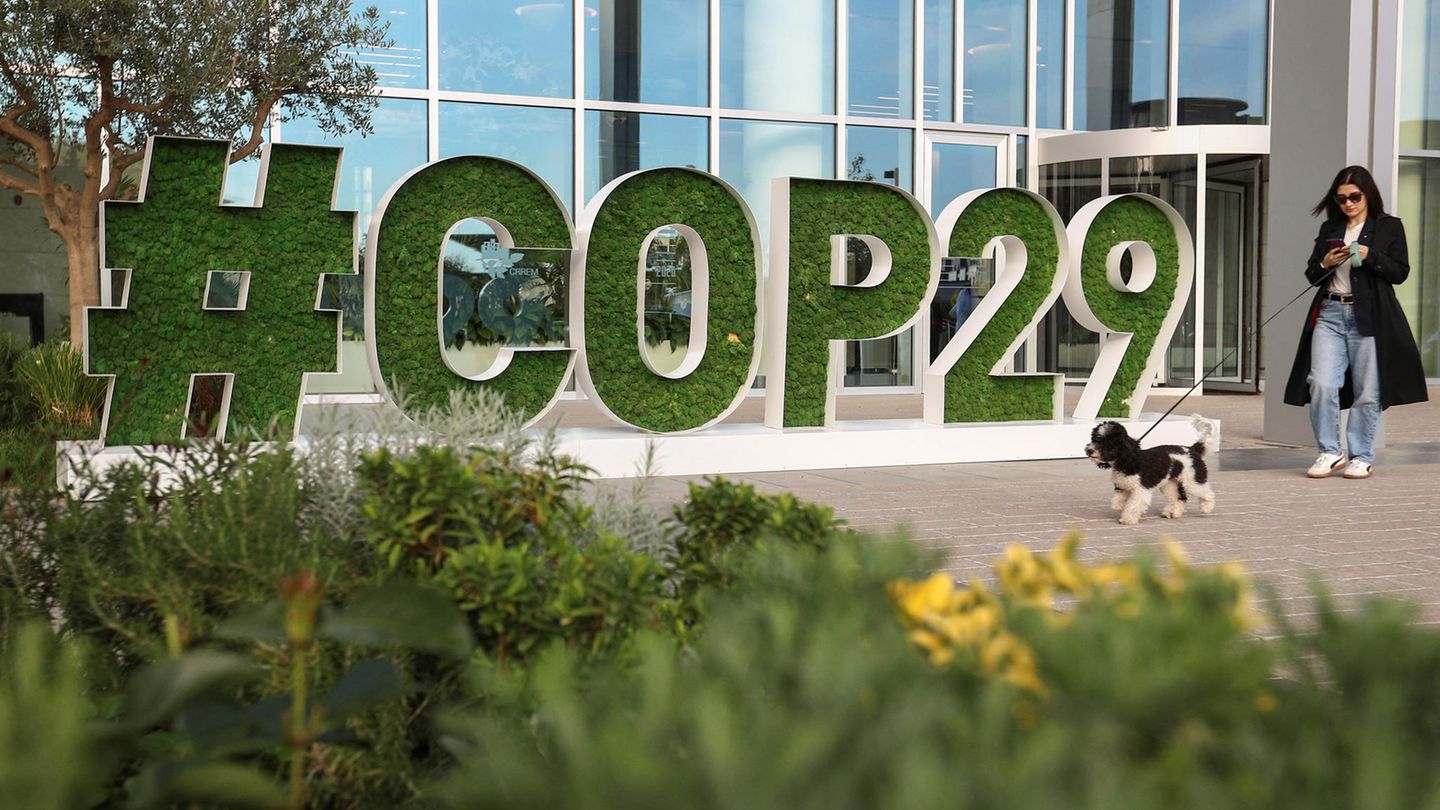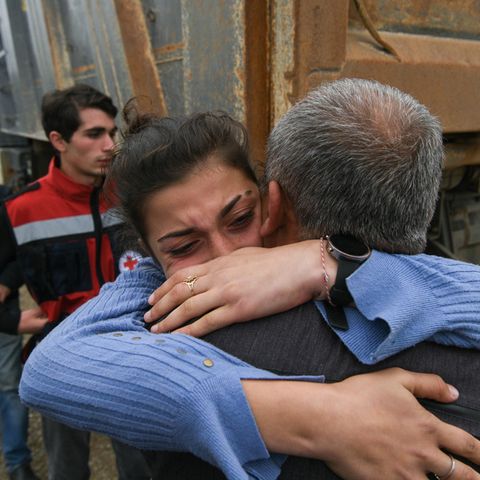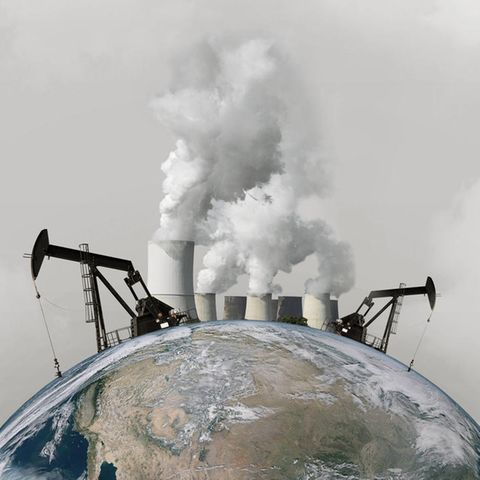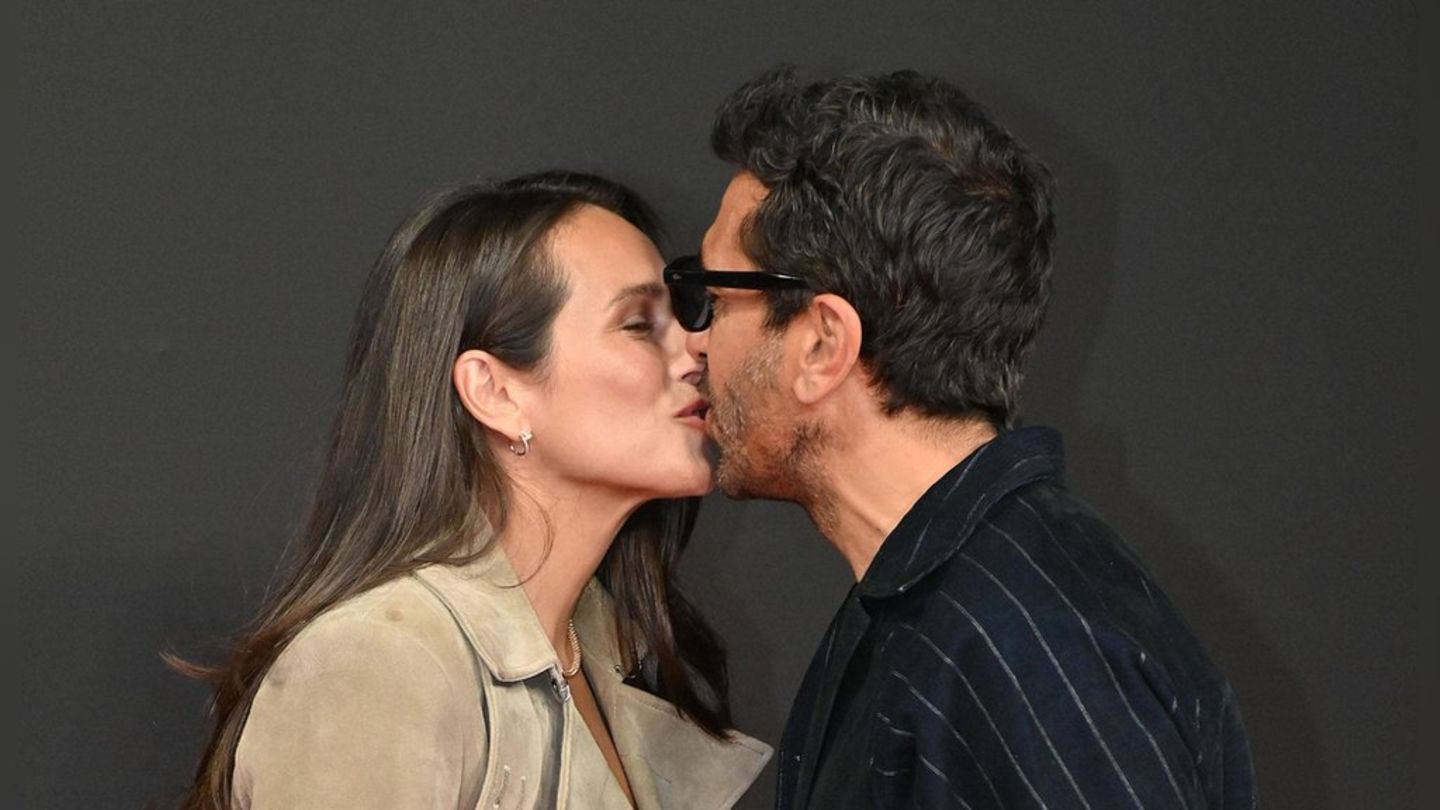COP29 in Azerbaijan
Who pays for the climate damage? The Global North alone no longer likes it
Copy the current link
At the climate conference in Baku it’s all about money. Countries like Germany are demanding that more states pay for global climate damage. An overview of the controversial topic of COP29.
When will the climate conference take place in 2024?
Delegates will meet in Baku, the capital of Azerbaijan, from November 11th to 22nd.
What is COP29 about?
At the 29th Climate Conference it’s all about money. The meeting builds on previous climate summits in Copenhagen (2009) and Paris (2015). At that time, the industrialized countries had committed themselves to supporting developing and emerging countries with 100 billion US dollars annually until 2025 in the fight against climate change and in adapting to climate changes. Among other things, projects for clean energy, reforestation and dike construction are financed.
The financial target was achieved for the first time in 2022. Now the question arises as to what will happen from 2025 onwards. Heads of state and government will discuss the following points at this year’s COP under the heading of “climate financing”:
- Which countries should continue to receive financial support?
- Which countries should participate in climate financing as donor countries in the future?
- A new annual climate budget for countries affected by climate change
Three weeks before COP29, he published what could be adopted during the conference. Although they are not binding, they should be signed by as many states as possible. Among other things, a ceasefire during the COP, the promotion of green projects and energies and the development of a hydrogen economy are mentioned.
Why is the climate summit controversial again?
There are several reasons for this. Firstly, after Egypt and Dubai, the climate conference is taking place in an authoritarian state for the third time in a row. Azerbaijan is one of the most corrupt states in the world; It ranks 154th out of 180 in Transparency International’s Corruption Perception Index. Human rights hardly count.
Azerbaijan’s dependence on fossil fuels is also critical. 9. Because of Russia’s war of aggression against Ukraine, Europe has become Azerbaijan’s largest trading partner. Its energy exports to Europe are expected to double by 2027. Researchers assume that resources are limited and that Azerbaijan’s gas and oil sources could dry up in the next 25 years. The government and the state-owned company do not want to miss out on the profit until then. A recent report said the country could still increase its annual gas production by a third by 2033.
Critics and activists are therefore questioning Azerbaijan’s ambitions in supporting global climate protection efforts. Some accuse the country of using the climate conference as a “greenwashing” campaign without pursuing any serious substantive intentions.
The declaration before the climate conference also speaks for this. In it, Azerbaijan excluded all the central questions of the COP29 negotiations – finance, phasing out fossil fuels, emissions reductions and adaptation to climate change are not mentioned. With its own demands, the government in Baku could distract from the actual issues and goals of the climate summit and thus reduce the pressure for agreement. This could hinder an agreement on the controversial climate financing.
How much money is needed for climate damage and who should pay for it?
The current target of $100 billion is not enough for affected developing and emerging countries to cushion the damage caused by man-made climate change or to adapt to further changes. Depending on estimates, between five and almost 14 trillion dollars will be needed by 2030. The United Nations estimates about $2.4 trillion per year.
In 1992, in the UN Framework Convention on Climate Change, countries that were responsible for high greenhouse gas emissions – i.e. classic industrial nations – committed themselves to climate payments. These include the USA, the EU, Japan, Great Britain, Canada, Switzerland, Norway, Iceland, New Zealand and Australia. However, more and more countries are demanding that countries in the Global South also participate in the payments.
Why is the financial question so complicated?
Emerging and developing countries emphasize that, historically, they have contributed significantly less to global warming. That is why industrialized countries should finance climate adaptation and reconstruction. However, more and more countries in the Global South are also becoming greenhouse gas emitters. Countries like Germany are therefore demanding that more states participate in the financial aid, the so-called “new collective quantified climate finance goal” (NCQG).
“The current major emitters have to get on board. We cannot focus solely on historical responsibility,” said Germany’s Foreign Minister Annalena Baerbock three weeks before the climate summit. There were similar voices from other parts of Europe. EU Climate Commissioner Wopke Hoekstra said: “What we need is not just commitments from the Europeans.” French Energy and Climate Minister Agnès Pannier-Runacher also agreed.
The appeals are aimed primarily at China and the Gulf states. They have so far refused financial participation.
International climate funds are generally controversial because they are paid out as loans. As a result, developing countries become further indebted. They are demanding that the funds no longer be made available as loans and that, in addition to climate protection measures, they can also be used to deal with damage that has already been caused by floods or droughts.
Where will the money come from?
To date, a large part of climate financing has been processed through development banks. In addition, there are funds that are managed jointly with the affected countries, such as the Green Climate Fund and the Global Environment Facility. The UN Framework Convention on Climate Change, which is financed primarily with public money.
In the long term, however, these are no longer sufficient, which is why private sources of money should also contribute in the future. New global taxes for the super-rich or subsidies would also be conceivable. The international community is also considering redirecting subsidies for fossil fuels to cleaner energies. Debt relief for poor countries would also be conceivable if they invest in climate protection.
What contribution does Germany make to climate financing?
In 2023, the Federal Republic supported climate projects abroad with almost 10 billion euros. Almost six billion euros came from the federal government’s budget. These are predominantly projects that Germany negotiated in bilateral discussions with individual countries. There are so-called climate sponsorships with Brazil, Colombia, Côte d’Ivoire and countries in the Western Balkans, among others. Germany supports the expansion of renewable energies and the protection of forests and moors.
From 2025 onwards, the federal government wants to provide at least six billion euros annually for international climate aid, Chancellor Olaf Scholz promised before the Petersberg Climate Dialogue. However, due to the tense budget situation, it is unclear whether Scholz can keep his promise. The Development Ministry, the Economics Ministry and the Foreign Office, which are involved in climate financing, will have to expect a significantly smaller budget next year.
Development and climate experts consider the promised sum of six billion euros to be too low. “In our view, Germany should contribute at least eight to ten billion euros annually in public funds from the federal budget,” says the development organization Oxfam. And if Germany were unable to keep its promise, it would be a “breach of trust of the first order.”
What to expect from COP29 in Baku?
That depends on the perspective: In terms of content, a lot is open because the positions of the countries on the subject of climate finance are so different. At the end of August, the UN presented a draft with seven proposals for a financial agreement between the countries. There was no agreement before the summit. In the meantime, there were also media reports that the agreed goal of the last climate conference in Dubai (exiting fossil fuels) was in jeopardy. A tough tug of war is emerging in Baku.
Source: Stern
I have been working in the news industry for over 6 years, first as a reporter and now as an editor. I have covered politics extensively, and my work has appeared in major newspapers and online news outlets around the world. In addition to my writing, I also contribute regularly to 24 Hours World.






